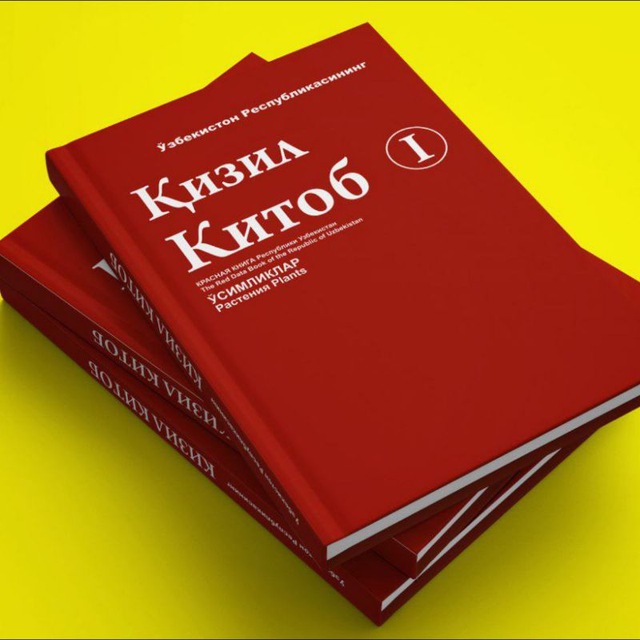SHARE WITH FRIENDS:
“The Red Book is a document that is the conscience of Man. Every nation has a responsibility to the world to preserve its natural resources. ”- From the International Red Book. What is the Red Book? It is a book of danger and hope. This book is also called the Book of Sorrows because it contains endangered animal species and plant species. The Red Book is a book that calls for action. Scientists from many countries around the world have established the Red Book of the Association for the Protection of Nature and Natural Resources (IHRS) to protect and preserve endangered and rare flora and fauna around the world. This book was published abroad in the 60s and 70s. Roof 1-2 deals with mammals and birds, and roof 3-4 deals with aquatic and terrestrial animals, reptiles and fish.
The Red Book has become popular in all regions, attracting the attention of nature lovers and experts. This book is decorated like a calendar, and each page of it is a different color. Each color has its own meaning, for example, written in red indicates the extinction of animal breeds and plant species and their need for protection.
There are two reasons for the extinction of animal species and plant species on Earth, the first reason: - if it is the result of changes in natural conditions (natural cause), the second reason esa - (anthropogenic) is the result of human action.
1/4 of the total birds and animals in the world have become extinct as a result of natural causes, while 3/4) have become extinct due to human activities. Previously, these numbers were known only to biologists, but now they are known to millions of people, and the question arises: Man, what are you doing? Stop - you’re ruining your house!
Much practical work has been done in the field of fauna and flora, and taking into account them, each country, region, district and region is establishing its own Red Books. The Red Book of Uzbekistan was also established in 1984. It includes many plant species and animal breeds. For example, from plants; all kinds of tulips, anzur onions, daisies, etc. Another important place about the Red Book is that the pages of the Red Book are never completed, its pages are constantly replenished with new plant and animal species. culture and behavior must be constantly improved, which is one of the important challenges facing scientists.
In 1948, the International Union for Conservation of Nature (IUCN) was established as the governing and advisory body for nature conservation under the auspices of the United Nations. It brought together 100 states and public organizations from more than 450 countries. The International Union for Conservation of Nature called on the scientific community to assist in a comprehensive study of the condition of rare and endangered animals in all countries, to find measures to protect them. He set up a diomi commission to study all the rare and endangered and endangered species. Over the years (1949-1966), the commission collected material on all rare and endangered species and published a special Red Book (The Red Data Book) and information on current location, number, biological characteristics, quantity in zoos around the world, and conservation measures taken in different countries.
Animal species included in the International Red Book are divided into 5 categories:
-
Endangered species;
-
Declining species;
-
Rare species;
-
Indefinite species;
-
Appropriate measures
